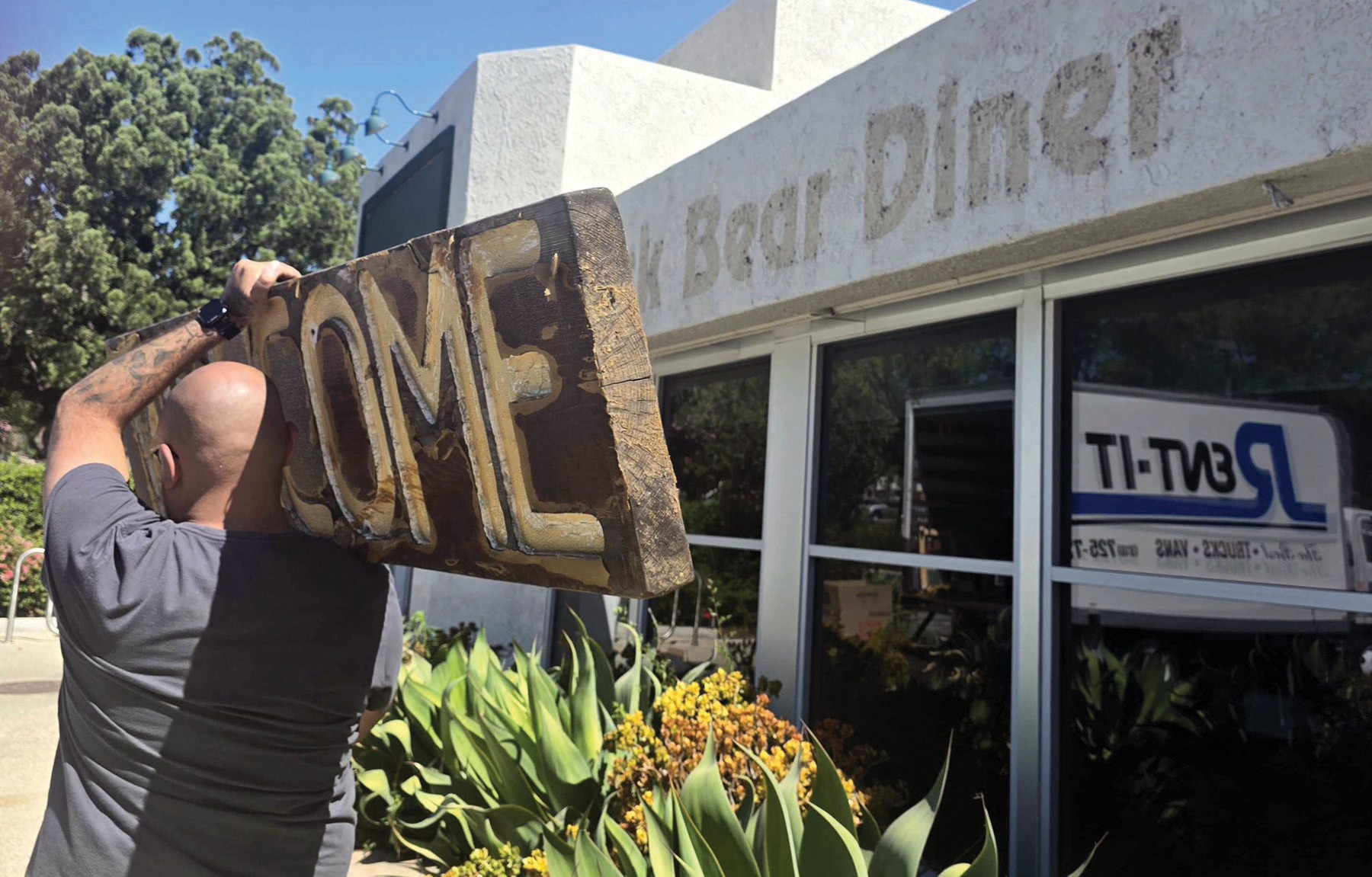Over the weekend, I went grocery shopping at my favorite grocery store, Vallarta Supermarkets. It’s a bit of a trek from our home, but worth the drive to get great service from the butcher and vegetables that are higher quality than from a national brand grocer.
As I drove into the retail center, I saw the “For Lease” over the Black Bear Diner sign who closed this location’s doors in late 2024. It hadn’t been open long—just five years—and was in what many would call a prime retail center. Ironically, it sat just a few doors down from Vallarta Supermarket where the employees remember my name, the butchers are knowledgeable, and there’s a real sense of community in the aisles.
One business feels rooted in the neighborhood. The other looked great on a rent roll. And now it’s gone. Black Bear Diner is a well-known, family-themed restaurant chain with over 150 locations across the western U.S. It caters primarily to middle-class, working families by offering large-portioned, comfort food in a nostalgic, bear lodge-style setting. Though it presents as a cozy, hometown diner, it’s a multi-state franchise system that has expanded rapidly over the past decade after a significant investment by private equity firm, PWP Growth Equity. In this case, however, the location suffered from uneven food quality and pricing that didn’t match the perceived value—diners were paying more than they felt the experience was worth, especially compared to other Black Bear locations.
As someone who lives and works in commercial real estate finance, I see this scenario play out again and again: landlords are advised to pursue sponsored (read Private-equity backed) companies, national brands or publicly traded companies—“credit tenants”—because they’re supposed to be stable, low-risk, and ideal for non-recourse financing. These leases, especially if triple net, are pitched as the holy grail of passive income:
“Mailbox Money” – Until the mailbox is empty…
Credit Tenants: The Illusion of Safety
Black Bear Diner isn’t the only example. Rite Aid has shuttered hundreds of stores through bankruptcy, leaving landlords stuck with vacant spaces and broken lease guarantees. On paper, these were “safe” tenants. National names. Strong financials—until they weren’t.
What often goes unspoken is this: when the bottom line turns red, even large corporations walk away. They shut down underperforming locations, restructure leases, or dissolve entities entirely. Sometimes, landlords are lucky to get a negotiated buyout. Other times, they’re left with unpaid rent, costly legal battles, and a vacant space no lender wants to touch.
The Case for Local Tenants
Now, compare that to your local restaurant group or family-owned grocer. Their business may not have a credit rating, but they’ve got something else: skin in the game. Their name is on the lease. The livelihood of the family who owns that business depends on that location succeeding, not just for income, but to support their personal, business, and financial goals. And that kind of accountability can be just as valuable, sometimes more, than a national credit score.
Sure, lending gets trickier. Life insurance companies and CMBS lenders often require credit tenants to meet underwriting standards. And it’s true: local businesses can present higher perceived risk. But they also often stay longer, build deeper community ties, and fight harder when times get tough.
Rethinking Risk and Reward
It’s time we reframe how we look at risk. Credit doesn’t always mean committed. And local doesn’t always mean risky. There’s value in a well-run mom-and-pop tenant who shows up every day and hustles to keep the lights on. There’s longevity in businesses that serve their neighborhood, not just their shareholders.
For real estate investors and developers, the challenge is to find a balance:
-
Use credit tenants where strategic
-
Layer in strong regional or local operators
-
Underwrite character and community, not just spreadsheets
From the Curb to the Calculator
Driving past the shuttered Black Bear Diner made me think about how quickly something that looks like a sure bet can go sideways. And how sometimes, the places that seem less “institutional” on paper are the ones that are rooted and resilient.


Leave a Comment